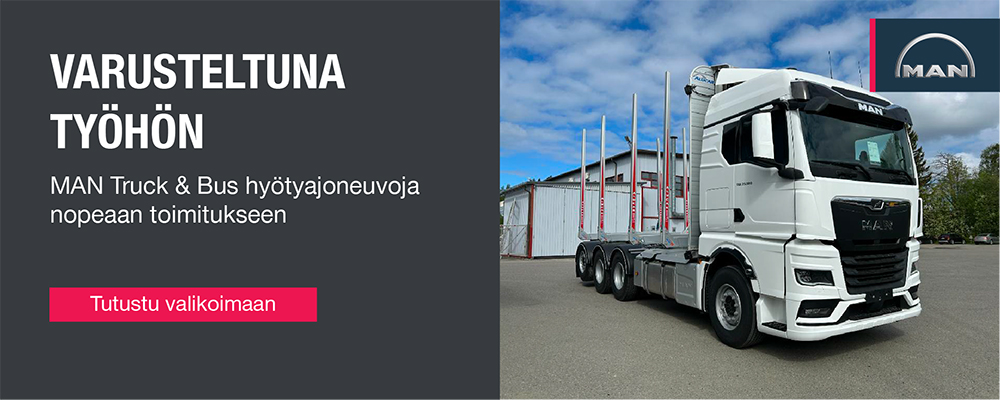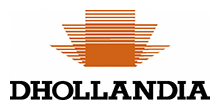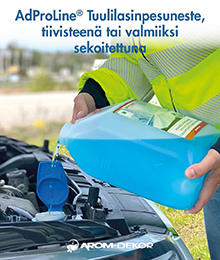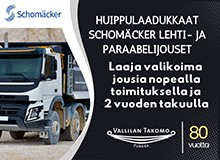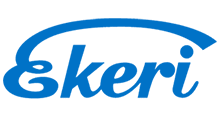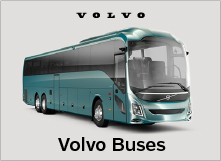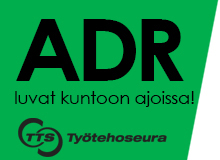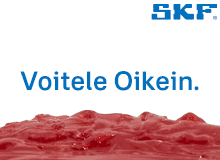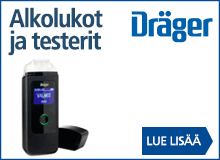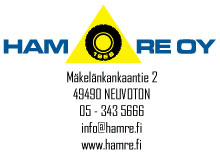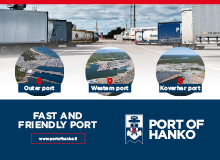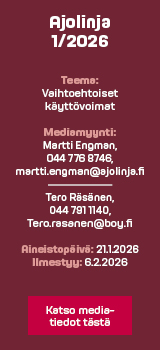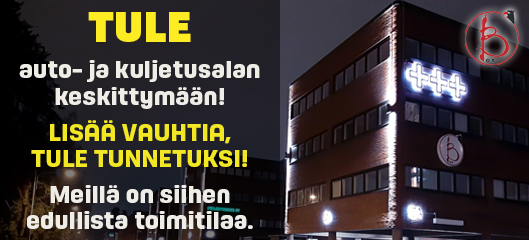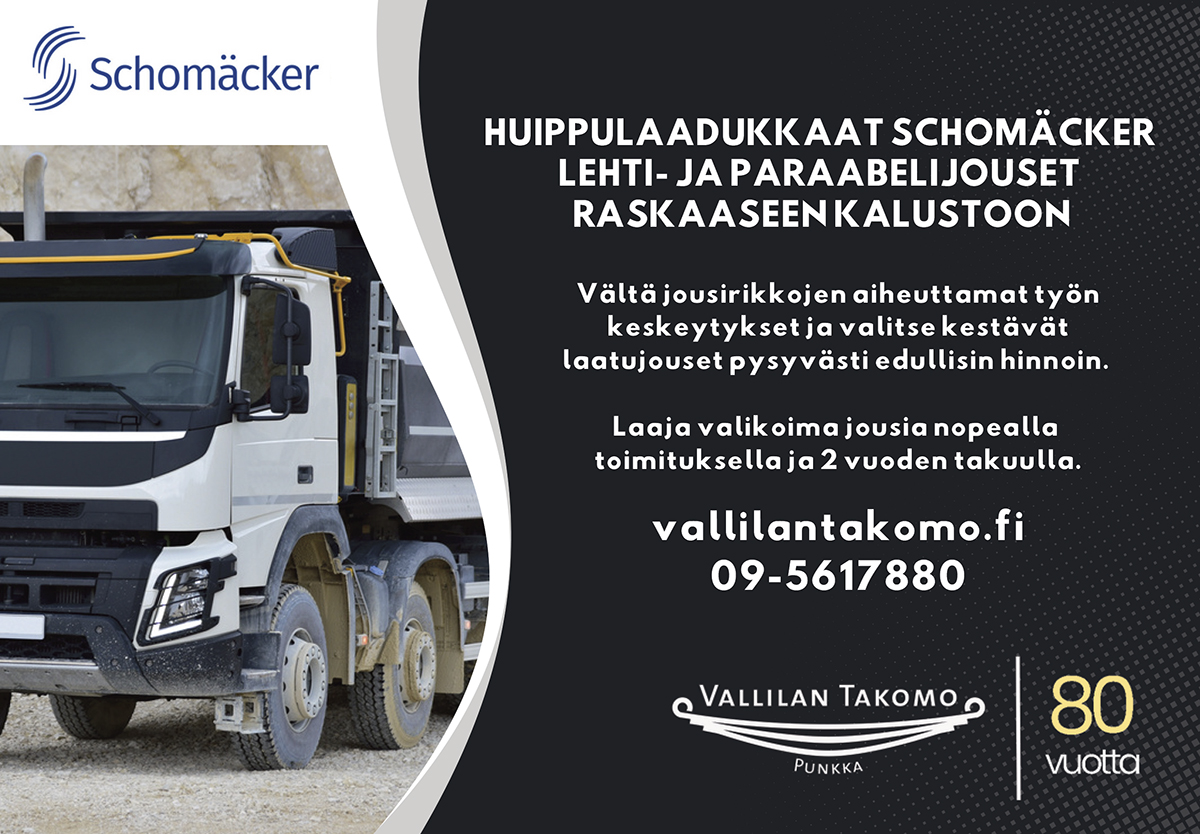During a press-meeting with European trade-journalists Polish manufacturer Solaris revealed in the Polish city of Gdynia its new 24 metre bi-articulated Trollino trolleybus. Solaris now also can offer for its trolley buses the possibility to drive without a connection to overhead wires by making use of batteries and even a fuel cell range extender.
The 24-metre bi-articulated Solaris Trollino 24 is currently in Gdynia, undergoing its homologation tests where the European journalists had the brief opportunity to get acquainted with this new Solaris bus. The Trollino 24 will be officially launched at Busworld in October. The driveline exists of two traction motors propelling two drive axles. This new Trollino 24 has a GVW of 38,000 kg, a capacity from 180 to 200 people, its maximum speed is 70 km/h, the airco has an electric compressor (3x400V) and also the heating is electric. Solaris offers the possibility for in-motion charging and plug-in. The batteries it uses for in-motion charging are 58 kWh.
Now also Solaris offers the possibility for a fuel cell range extender in the trolleybuses for a maximum range of up to 100 km without connection to the overhead wires. The High Power batteries in the vehicles are recharged during the drive by means of a fuel cell. Solaris find that High Power batteries because of their high power density, are a perfect solution for trolleybuses and hydrogen vehicles with the need for fast charging. Also they provide a long range on a single charge. The latest from Solaris are the High Energy + batteries. The very high energy density of these batteries should give a vehicle the possibility to cover distances up to 200 km on a single charge.
Solaris says it is the leading manufacturer of trolleybuses in EU and EFTA states with 40% market share. The polish manufacturer has delivered since 2001 1342 trolleybuses to 50 cities in 17 European countries. Solaris realized a turnover in 2018 of 438 million euro and it sold last year 1226 buses and expects to realize this a year a significant growth of around 30% to 1600 buses.
